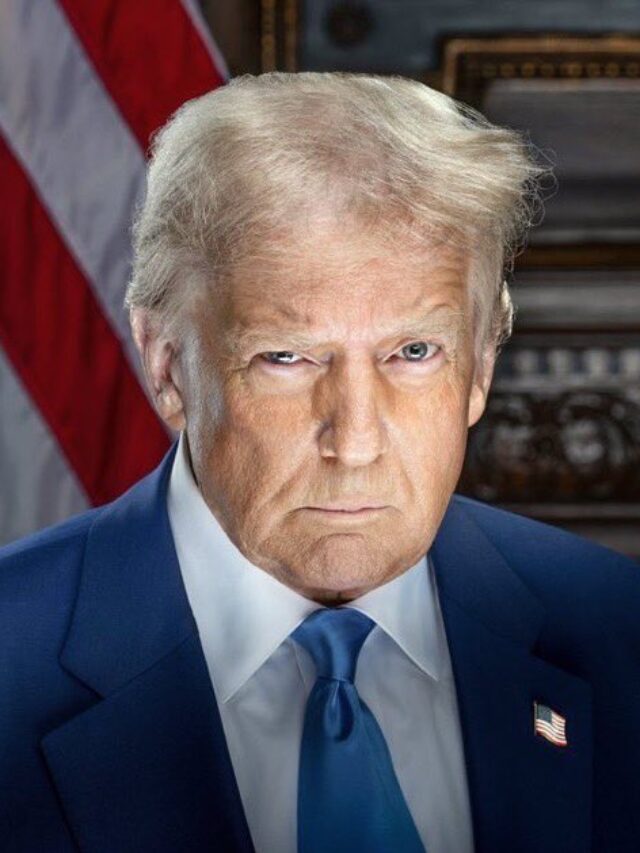Donald Trump, Crypto, and the New American Hustle
Donald J. Trump’s rise, fall, and return to the U.S. presidency reads like a political thriller. A real estate mogul turned reality TV icon turned president, Trump bulldozed into Washington, breaking norms and polarizing the country. But beneath the red hats, rally cries, and 24/7 media frenzy lies a more strategic tale—one that fuses political survival, financial reinvention, and a crypto-powered insurgency.
This article explores Trump’s presidency, his post-office crypto ventures, the scrutiny they’ve drawn, and the broader ethical dilemma: should political figures—especially those under legal siege—be allowed to monetize their brand in emerging industries like crypto? And how different is Trump’s story from that of Barack Obama or Nancy Pelosi when it comes to leveraging office for post-office profit?
The Disruptor-In-Chief
Trump didn’t just win in 2016—he upended the entire political establishment. Love him or hate him, his election was a revolt against the elites and a system many Americans felt had stopped working for them. A billionaire entering politics was novel enough, but Trump’s financial arc post-presidency was even more unusual.
In March 2016, Forbes pegged Trump’s net worth at $4.5 billion. By the end of his term, that estimate had dropped by nearly $2 billion. Trump became the first modern U.S. president to leave the White House poorer than he entered—an ironic twist compared to his predecessors:
-
Bill & Hillary Clinton: $1.3 million → $120 million
-
Barack Obama: $1.3 million → $70 million
-
Joe Biden: Near zero → $10+ million
Their wealth came largely from post-presidency gigs: books, speeches, consulting, and influence-peddling by another name. Trump’s brand, forged in capitalism long before politics, was primed for a different play. And in crypto, he found a new arena.
Legal Siege and Financial Desperation
After leaving office, Trump faced relentless legal headwinds—93 indictments, multiple criminal trials, and a $344 million civil fraud judgment in New York. Even billionaires feel the financial squeeze when the state unleashes its full legal arsenal. Reports surfaced that Trump struggled to pay legal fees.
Trump’s Crypto Conversion
During his presidency, Trump dismissed crypto as a scam. In 2019, he tweeted he was “not a fan of Bitcoin” and called cryptocurrencies “based on thin air.” But by 2024, as the Biden administration clamped down on crypto through SEC enforcement and regulatory uncertainty, the crypto community found an unlikely champion: Donald Trump.
The industry felt targeted. Startups fled overseas. Domestic projects froze. Trump sensed an opening—and a new donor base. Falling behind in campaign fundraising by March 2024, he began embracing crypto as a wedge issue.
Crypto founders and investors took notice. Super PACs linked to the industry poured $131 million into 2024 congressional races, helping elect pro-crypto Republicans. By mid-year, crypto contributions outpaced those from oil and Wall Street. Billionaires like Coinbase’s Brian Armstrong backed Trump-aligned candidates, seeking friendlier regulation and legal clarity.
Enter: $WLFI and the Trump Token Economy
In September 2024, the Trump family launched World Liberty Financial, introducing a new token: $WLFI. A Trump-controlled entity owns 60% of the company and claims 75% of all token revenue. Critics immediately cried foul. Ethics watchdogs called it pay-to-play. Senators Elizabeth Warren and Adam Schiff even floated impeachment.
But as critics pointed fingers, others noted the double standard. Pelosi’s household, for example, consistently outperformed hedge funds in the stock market—sometimes by a factor of three. If a hedge fund posted such returns, it would trigger insider trading probes. Yet political families skate by.
Trump’s crypto venture was technically legal—if ethically murky. And unlike traditional influence networks, this one was digital, direct, and decentralized. The $WLFI launch raised $2.7 million—not massive, but a foothold in what became a sprawling crypto operation.
Going Global
By early 2025, Trump’s crypto empire expanded. His firm released USD1, a dollar-pegged stablecoin backed by U.S. Treasuries. Reports claimed Abu Dhabi-linked firms used USD1 to facilitate a $2 billion investment into Binance, the world’s largest crypto exchange. Trump wasn’t just selling digital coins—he was shaping global crypto flows.
Blockchain analytics firm Chainalysis later reported Trump-linked wallets had generated over $350 million in trading fees, primarily from meme coin projects like $TRUMP and $MELANIA. These coins had no utility beyond association with the brand. One perk? Top 100 $TRUMP holders were invited to a private party with Trump himself.
The price of $TRUMP dropped from $40 to $8. Most investors likely lost money. But they weren’t buying utility—they were buying proximity, identity, and meme culture. And Trump, as ever, sold exactly what they wanted.
The Ethical Frontier
Should political figures be allowed to profit this way? Critics argue it undermines public trust and blurs the line between politics and personal enrichment. But others see Trump’s crypto ventures as no different from book deals or consulting gigs—just more transparent, more immediate, and much more 2025.
And while the ethics debate rages, one truth remains: Trump didn’t invent the game. He just played it louder, flashier, and on the blockchain.

